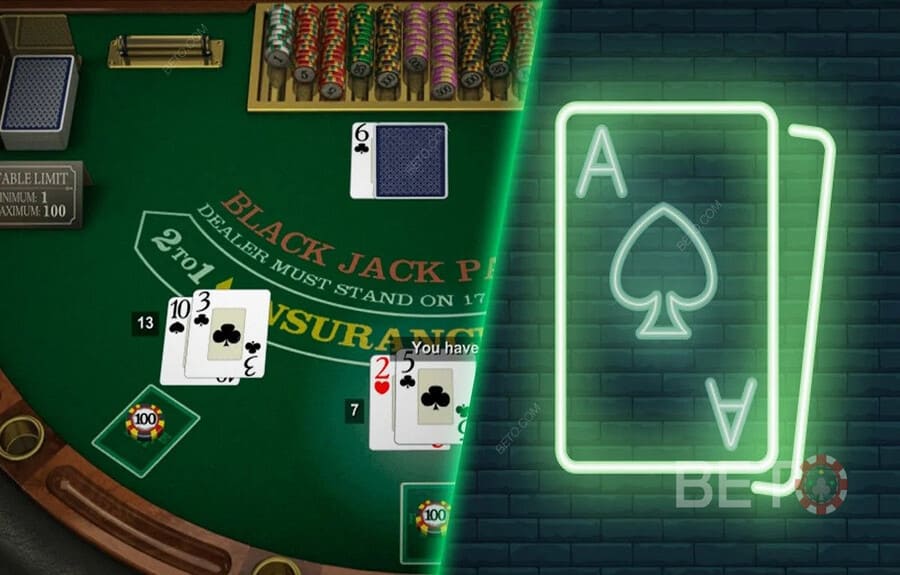바카라사이트: 쿠폰, 이벤트, 프로모션, 보증으로 가득한 최고의 선택
바카라사이트에서 어디서든 즐기는 게임은 더는 단순한 오락이 아닙니다. 지금은 쿠폰, 이벤트, 프로모션, 그리고 보증까지 제공되며 플레이어들에게 최상의 경험을 제공합니다. 이 모든 것을 제공하는 바카라사이트는 다양한 선택지 중 가장 뛰어난 선택입니다. 바카라사이트에서 쿠폰을 활용하면 더 많은 혜택을 누릴 수 있습니다. 이러한 할인코드나 이벤트 코드를 활용하면 게임을 더욱 즐겁게 즐길 수 있을...




